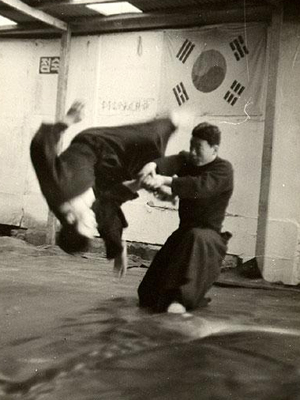
Hapkido is a Korean martial art. It is a form of self-defense that employs joint locks, grappling, throwing techniques, kicks, punches, and other striking attacks. It also teaches the use of traditional weapons, including knife, sword, rope, nunchaku, cane, short stick, and middle-length staff, gun, and bō (Japanese), which vary in emphasis depending on the particular tradition examined.

Donald Frederick "Donn" Draeger was an American practitioner and teacher of martial arts. He was the author of several important books on Asian martial arts, and was a pioneer of international judo in the United States and Japan. He also helped make the study of martial arts an acceptable topic of academic research.
Danzan-ryū is a ryū of jujutsu founded by Seishiro Okazaki (1890–1951) in Hawaii. Danzan-ryū jujutsu is of mainly Japanese origin but is most common on the West Coast of the United States. The Danzan-ryū syllabus is syncretic and includes non-Japanese elements.
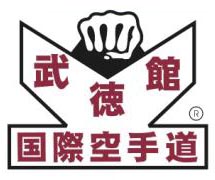
Gosoku-ryū (剛速流) is a style of karate which was founded by Takayuki Kubota. Gosoku stands for hard and fast, which suggests a combination of techniques both from the fast and dynamic Shōtōkan style as well as from the strength-focused Gōjū-ryū style.
Wah-leong "Wally" Jay, was an American martial artist who primarily studied and taught jujutsu and judo. He was the founder of the Gendai Budo martial art Small Circle Jujitsu.
Mark Anthony Weir is an English retired mixed martial artist usually fighting in the middleweight division at 185 lbs. He has fought in the UFC, the WEC, PRIDE, Cage Rage, UCMMA, Pancrase, and BodogFIGHT. He is the former Cage Rage British Middleweight Champion.
Nicholas Raymond Cerio was an American martial artist. He was born in Boston, Massachusetts.
Tae Kwon Do Times is a magazine devoted to the martial art of taekwondo, and is published in the United States of America. While the title suggests that it focuses on taekwondo exclusively, the magazine also covers other Korean martial arts. Tae Kwon Do Times has published articles by a wide range of authors, including He-Young Kimm, Thomas Kurz, Scott Shaw, and Mark Van Schuyver.
Kiyoyuki Terada was a Japanese aikido teacher. He was ranked 10th dan in Yoshinkan Aikido and served as the most senior instructor in Yoshinkan Aikido until his death.

Paul Creighton is a retired American mixed martial artist and Brazilian Jiu Jitsu black belt under Renzo Gracie who competed in the Lightweight division of the Ultimate Fighting Championship. His last fight in mixed martial arts competition, came at a losing effort at UFC 37: High Impact at the CenturyTel Center in Bossier City, Louisiana on May 10, 2002 against B.J. Penn.
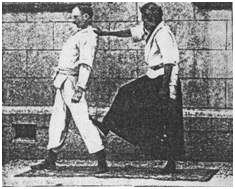
Kyūshin-ryū is a form of the martial art Jujutsu consisting of striking, throwing and grappling techniques. It was developed by the Samurai in feudal Japan as a method of dispatching an armored opponent using unarmed techniques. According to the Densho of various schools and historical records, these systems of unarmed combat began to be known as Jujutsu during the Muromachi period (1333–1568).
Kim Pyung-soo, also known as Kim Soo, is a South Korean taekwondo practitioner.
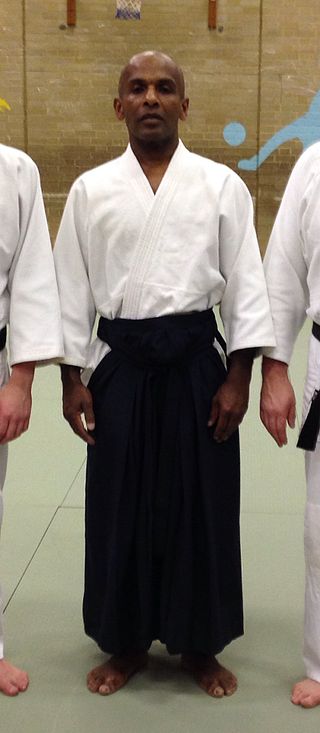
Joseph 'Joe' Haridas Thambu is a teacher of Yoshinkan Aikido, currently ranked 8th Dan, Shihan.
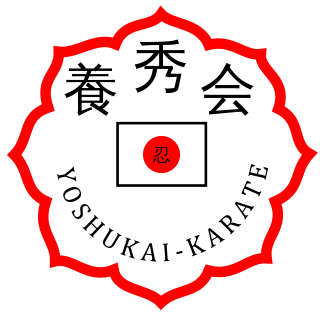
Yoshukai is a Japanese style of Karate–dō. Karate-do. Karate-do translates as "Way of the Empty Hand." The three kanji that make up the word Yoshukai literally translate as "Training Hall of Continued Improvement." However, the standardized English translation is "Striving for Excellence." Yoshukai Karate has been featured in Black Belt Magazine. Yoshukai karate is a separate Japanese style from Chito-ryu. Kata, kobudo, kumite, and all karate aspects are drawn from the Founder, Mamoru Yamamoto. Yoshukai is a newer derivative Japanese style.
Geoffrey Robert Gleeson (1927–1994) was a British judoka. Teacher: Trevor Leggett. He went to Japan 1952-55 where he and Charles Palmer were the first westerners to serve as a special research students at the Kodokan Judo Institute. He studied most martial arts: Judo, Kendo, Aikido, Bōjutsu, Jujitsu, Karate, and also studied Zen Buddhism. First kenshusei post World War II. Posthumously awarded 9th Dan.
Paul Zadro, is an Australian martial artist, sport administrator and promoter. He is currently the chairman of the International Sports Karate Association in Australia and an 8th Degree Black Belt in Kempo Karate.
Park, Yeon-Hwan is a South Korean Grandmaster of Taekwondo. He currently has earned a ninth-degree black belt and holds the title kwan jang-nim (Grandmaster) under the direction of the Kukkiwon. Park was the undefeated Korean national champion of Tae Kwon Do from 1971 to 1975 and the former coach of the U.S. Olympic and Pan-American Tae Kwon Do team.
Shintaro Higashi is a Japanese-American judo competitor and 6th degree black belt in judo for the United States in the 100 kg category. He is the head instructor at the Kokushi Budo Institute, a member of the New York Athletic Club, and a professor at Brooklyn College.
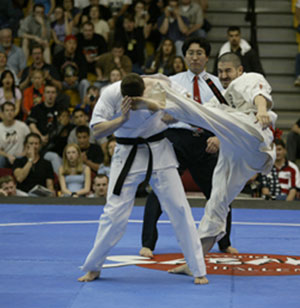
Karate was first introduced to American service men after World War II by Japanese and Okinawan karate masters.

Budoshin is a contemporary style (ryū) of ju-jitsu rooted in ancient Japanese techniques, with an emphasis on practical self-defense.









